Table of Contents
The Cu Chi Tunnels, located in the Cu Chi District of Ho Chi Minh City, Vietnam, stand as a testament to the resilience, ingenuity, and unwavering determination of the Vietnamese people during the Vietnam War. This intricate network of underground tunnels served as a vital strategic asset for the Viet Cong, providing shelter, supply lines, hospitals, and living quarters, all while remaining hidden from the enemy. In this comprehensive article, we will delve into the history, construction, purpose, and impact of the Cu Chi Tunnels, shedding light on their significance in the context of the Vietnam War and their preservation efforts today.
Location and Layout of Cu Chi Tunnels

The Cu Chi Tunnels are situated approximately 70 kilometers northwest of Ho Chi Minh City, in the Cu Chi District. This strategic location allowed the Viet Cong to launch attacks on the outskirts of Saigon, the capital of South Vietnam, while maintaining a safe distance from the heavily guarded city center. The tunnel complex extends over an area of more than 250 square kilometers, making it one of the most extensive underground tunnel systems in the world.
The tunnels are interconnected by a complex network of chambers, kitchens, hospitals, storage facilities, and weapon workshops, creating a complete underground infrastructure that sustained the Viet Cong’s military operations. The layout of the tunnels was carefully planned and designed to serve multiple purposes. The narrow tunnels were built to accommodate only one person at a time, making it difficult for the enemy to navigate through them. The entrances were cleverly disguised and hidden under trap doors, camouflaged with leaves and branches to avoid detection.
Construction of Cu Chi Tunnels
The construction of the Cu Chi Tunnels began in the late 1940s during the First Indochina War, when the Viet Minh (Vietnamese independence movement) used them as hiding spots and supply routes. However, it was during the Vietnam War that the tunnels were expanded and developed into a complex network by the Viet Cong, who were fighting against the South Vietnamese government and its allies.
The construction of the tunnels was a massive undertaking, involving thousands of soldiers and civilians working tirelessly for years. The Viet Cong used simple tools like shovels, hoes, and pickaxes to dig the tunnels, which were often just a few feet wide and tall. The soil from the tunnels was used to create hidden trapdoors and camouflage for the entrances. The construction process was slow and dangerous, as the workers had to be careful not to make too much noise or cause any vibrations that could alert the enemy.
Purpose of Cu Chi Tunnels

The primary purpose of the Cu Chi Tunnels was to provide shelter and protection for the Viet Cong soldiers from the constant bombing and attacks by the American and South Vietnamese forces. The tunnels also served as supply routes, allowing the Viet Cong to transport weapons, food, and medical supplies without being detected. The underground infrastructure also included hospitals, kitchens, and living quarters, providing the soldiers with a safe place to rest and recover.
Apart from serving as a military base, the tunnels were also used for propaganda purposes. The Viet Cong would bring foreign journalists and diplomats to the tunnels to showcase their resilience and determination in the face of the enemy’s superior firepower. The tunnels were also used to launch surprise attacks on the enemy, giving the Viet Cong an advantage in the war.
Life in Cu Chi Tunnels during the Vietnam War
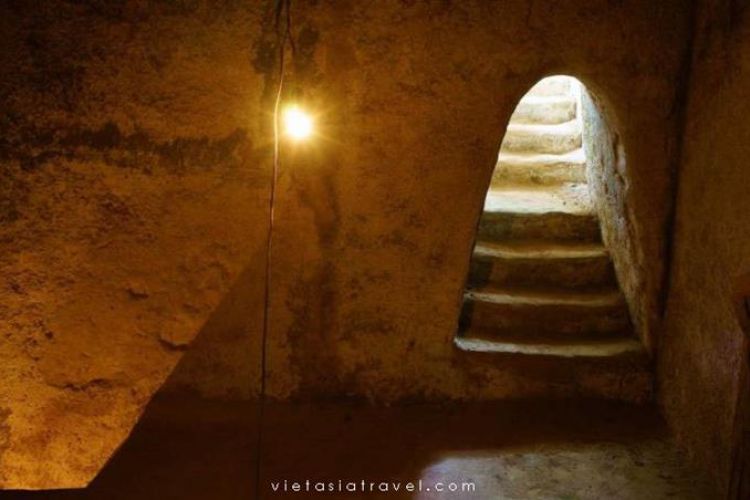
Life in the Cu Chi Tunnels was harsh and challenging, with soldiers and civilians living in cramped conditions underground for extended periods. The tunnels were dark, humid, and infested with insects and vermin, making it difficult for the inhabitants to stay healthy. The lack of proper ventilation and sanitation also led to diseases and infections, which were rampant in the tunnels.
The soldiers had to be constantly on high alert, as the enemy could launch attacks at any time. The constant bombings and shelling also took a toll on their mental health, causing anxiety and stress. Despite these challenges, the soldiers of the Viet Cong showed remarkable resilience and determination, adapting to the harsh conditions and using the tunnels to their advantage in the war.
Tactics and Strategies used in Cu Chi Tunnels
The Cu Chi Tunnels were not just a hiding place for the Viet Cong, but also a strategic asset that played a crucial role in their tactics and strategies during the war. The tunnels were used to launch surprise attacks on the enemy, who were often caught off guard by the sudden appearance of the Viet Cong soldiers. The narrow tunnels also made it difficult for the enemy to navigate and fight back, giving the Viet Cong an advantage.
The tunnels were also used to set up booby traps and ambushes, further weakening the enemy’s morale and resources. The Viet Cong soldiers were trained to move swiftly and silently through the tunnels, making it challenging for the enemy to detect their movements. The tunnels also provided a safe escape route for the soldiers in case of an emergency or attack.
Impact of Cu Chi Tunnels on the Vietnam War
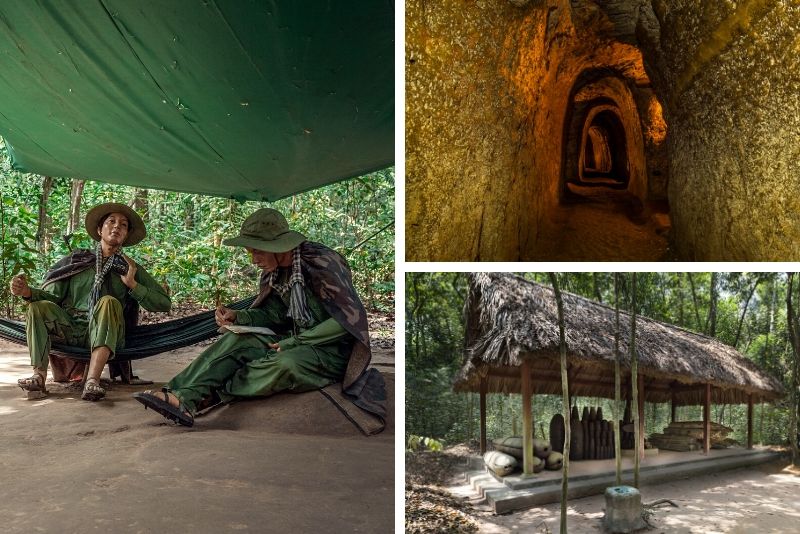
The Cu Chi Tunnels played a significant role in the outcome of the Vietnam War. The tunnels allowed the Viet Cong to sustain their military operations and continue fighting against the American and South Vietnamese forces, despite being heavily outnumbered and outgunned. The tunnels also served as a symbol of the Vietnamese people’s determination and resilience, inspiring others to join the fight against the foreign invaders.
The tunnels also proved to be a major obstacle for the American and South Vietnamese forces, who struggled to combat the guerrilla tactics used by the Viet Cong. The extensive network of tunnels made it difficult for the enemy to locate and destroy them, and the booby traps and ambushes set up by the Viet Cong caused significant casualties.
Tourism at Cu Chi Tunnels Today
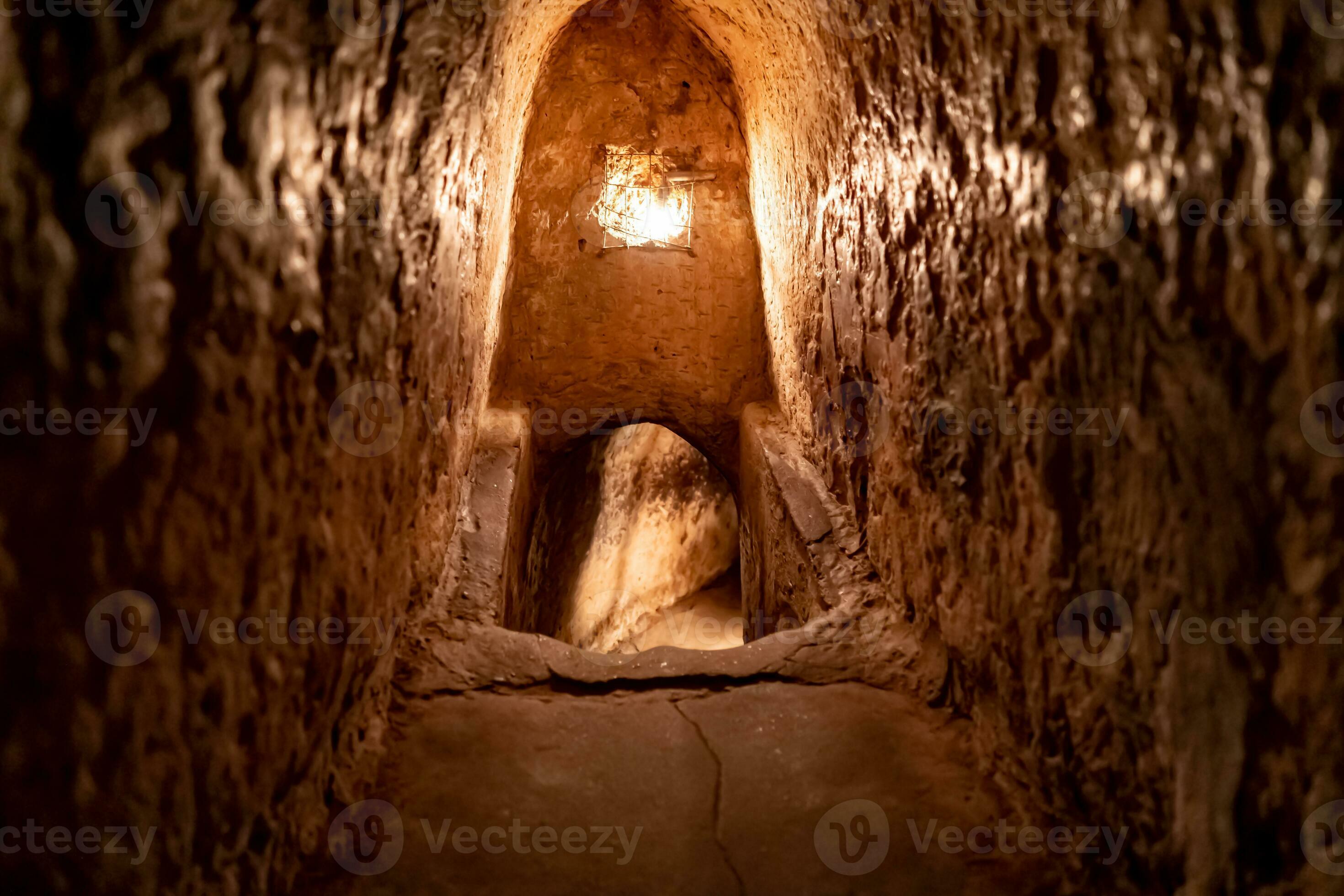
Today, the Cu Chi Tunnels are a popular tourist attraction in Vietnam, drawing thousands of visitors each year. The tunnels have been preserved and turned into a museum, showcasing the history and significance of this underground network during the Vietnam War. Visitors can explore a section of the tunnels and experience what life was like for the soldiers during the war.
Tourism at the Cu Chi Tunnels has also brought economic benefits to the local community, providing job opportunities and boosting the economy. However, some critics argue that the commercialization of the tunnels has taken away from their historical significance and turned them into a mere tourist attraction.
Preservation and Restoration of Cu Chi Tunnels
Efforts have been made to preserve and restore the Cu Chi Tunnels, ensuring that future generations can learn about their significance in the Vietnam War. The tunnels have been reinforced and stabilized to make them safe for visitors, and measures have been taken to protect them from natural elements and erosion. The preservation efforts have also included setting up educational programs and exhibitions to educate visitors about the history and impact of the tunnels.
Controversies Surrounding Cu Chi Tunnels
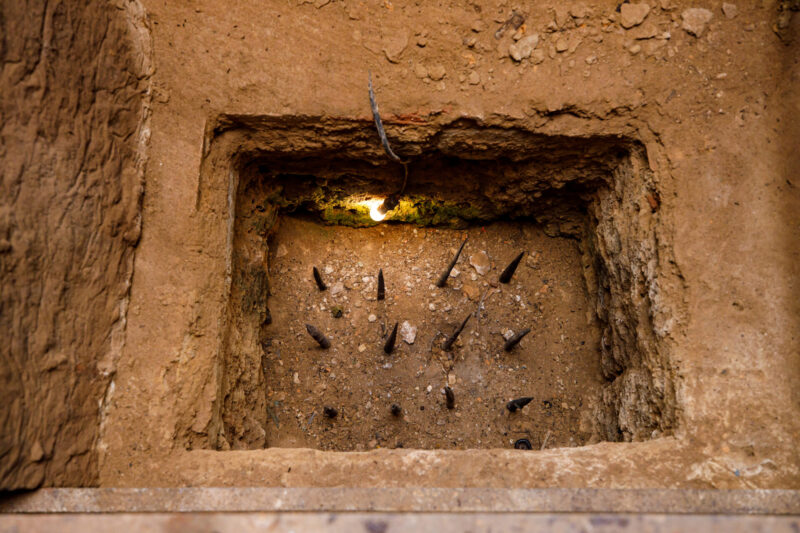
Despite its historical significance, the Cu Chi Tunnels have also been surrounded by controversies. Some critics argue that the tunnels have been glorified and romanticized, ignoring the atrocities committed by both sides during the war. Others believe that the tunnels have become a tool for propaganda, used to promote a particular narrative of the Vietnam War.
There have also been debates about the authenticity of the tunnels, with some claiming that they have been heavily reconstructed and do not accurately represent the original tunnels used during the war. These controversies highlight the complex nature of the Cu Chi Tunnels and their role in the Vietnam War.
Conclusion
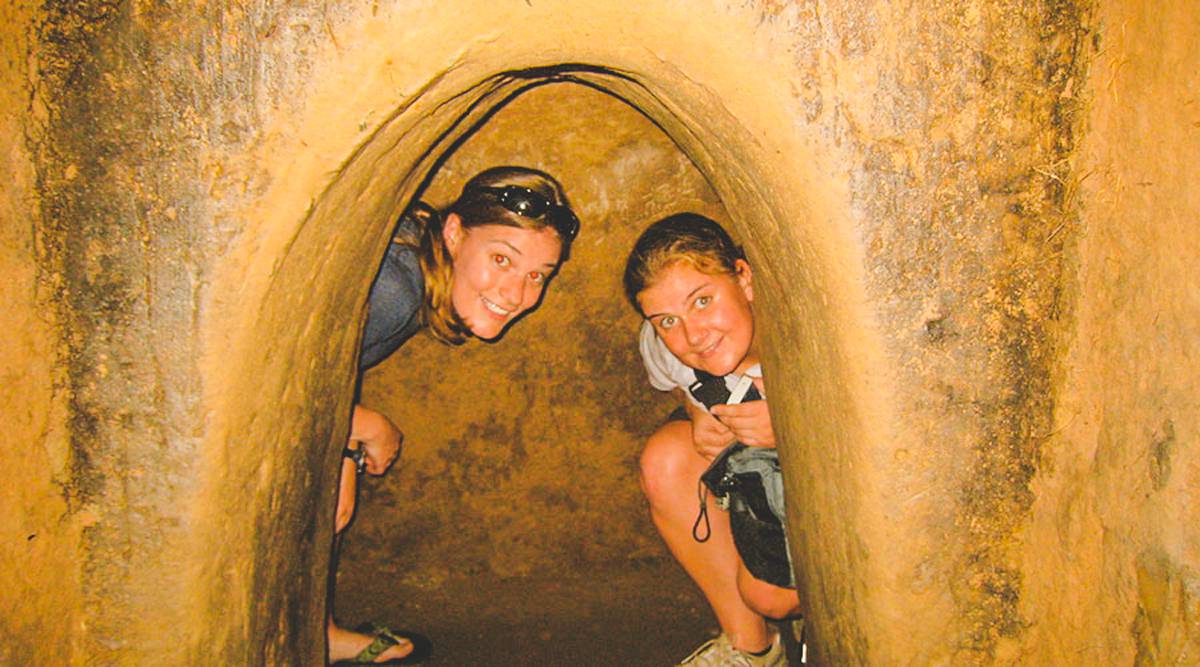
The Cu Chi Tunnels are a symbol of the resilience, ingenuity, and determination of the Vietnamese people during the Vietnam War. This intricate network of underground tunnels played a crucial role in the Viet Cong’s fight against the American and South Vietnamese forces, serving as a strategic asset and a safe haven for soldiers. Today, the tunnels stand as a reminder of the sacrifices made by the Vietnamese people during the war and their unwavering spirit in the face of adversity.